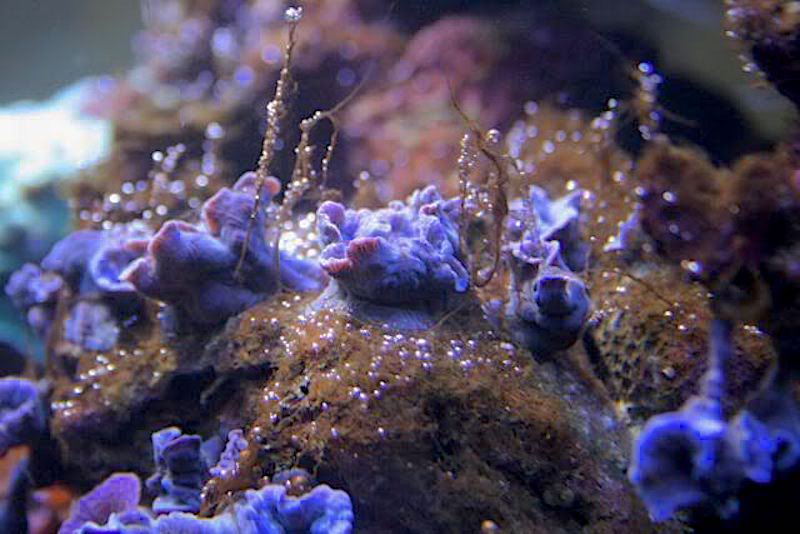Interesting. Being a novice reefkeeper, I have to ask whether that high of a temperature would be harmful/a shock to corals and other livestock in the tank?
(Noting that the rest of this isn't directed at you/your post, but just a general frustration I've experienced when trying to learn more about dino outbreaks.)
The scientist in me is skeptical, in the sense that it seems there's a ton of advice proffered with little in the way of hard evidence. I've seen hydrogen peroxide treatments, 3 to 5 day blackouts, Dino-X, lowering nitrates, raising nitrates, lowering phosphates, raising phosphates, increasing skimming, turning skimming off, UV treatment, increasing carbon dosing, decreasing carbon dosing, adding (macro)algae to out-compete dinos, adding copepods/amphipods, and more given as methods for treating dinoflagellates, all with varying degrees of success.
I feel like this is compounded by the fact that 1) people often don't try just one treatment at a time, 2) there's often no confirmed ID of dinoflagellates, and 3) even when there is a confirmed ID, the specific type may not be ID'd, and 4) everyone's tank is a unique microbiome (so what works for one may not necessarily work for another). Combined, that seems to muddy the waters on treatment strategies. Hell, point #4 alone could make it difficult to do a controlled experiment on what 'works' in regards to treatment.
All that is to say: it seems like another, "Maybe it'll work, maybe it won't, maybe it'll work for some" strategy. While it'd be awesome if it does work universally (and I'll happily eat crow if I'm wrong!), I can't help but feel it's going to end up on that laundry list of, "Hey, I did this and it worked, but didn't work for a friend" rather than be a silver bullet.


